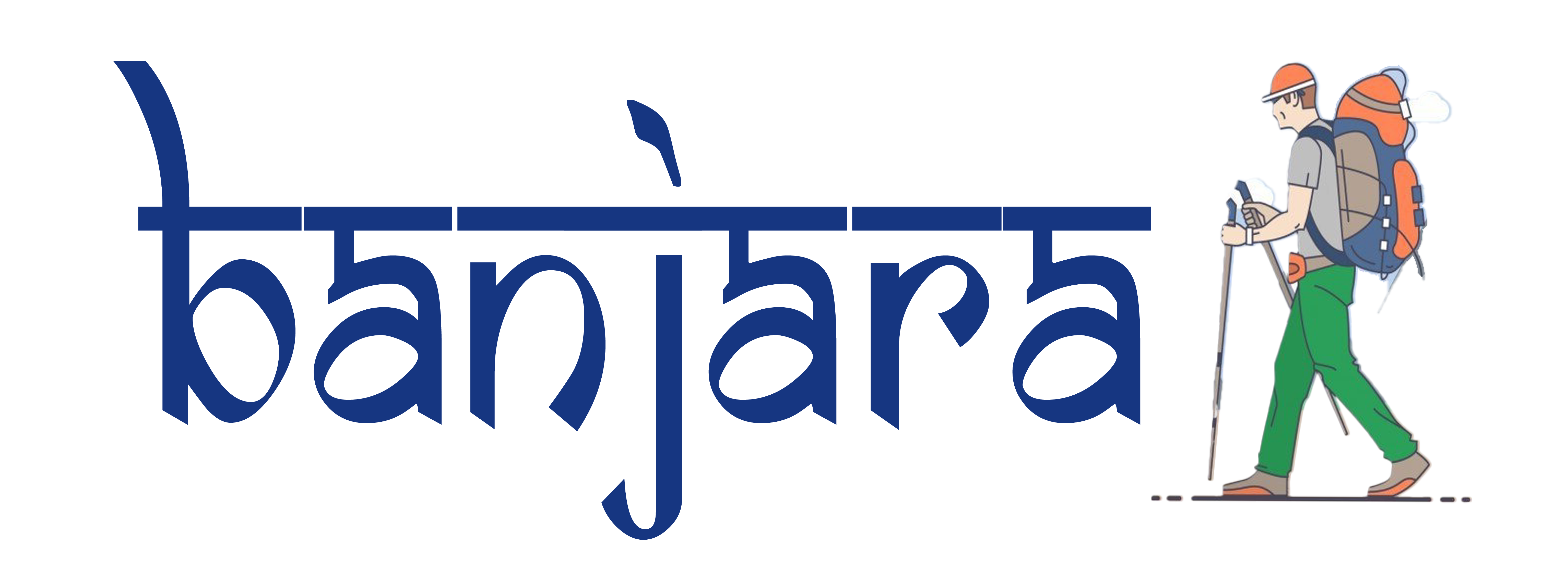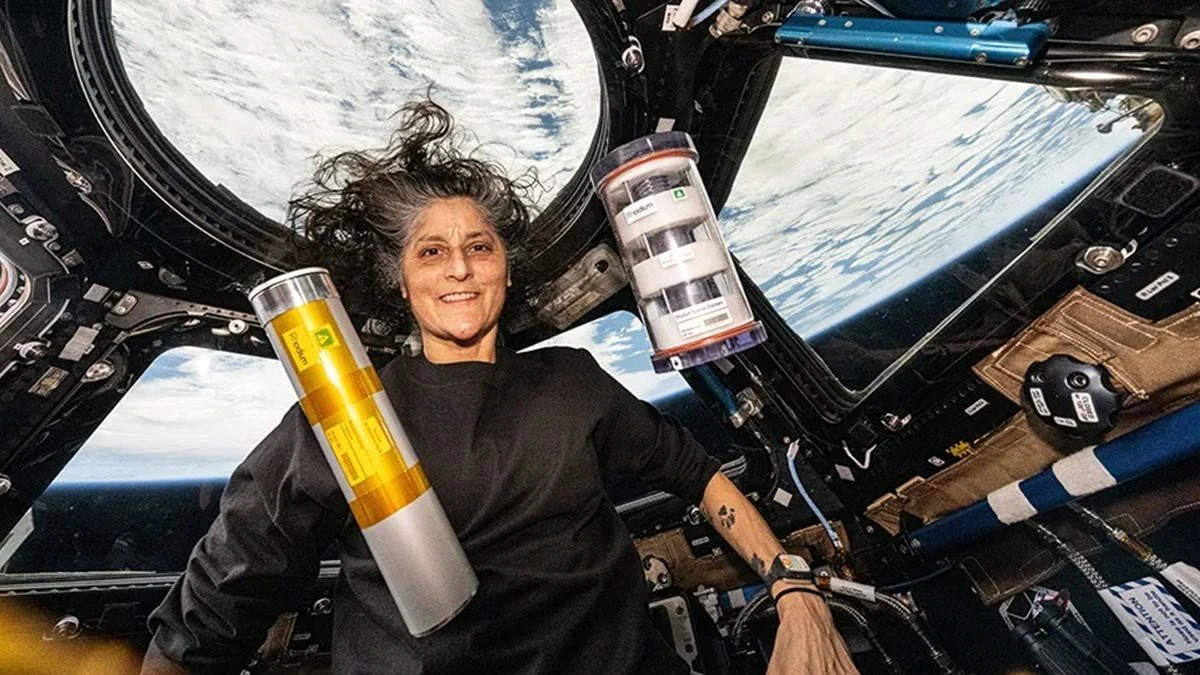On June 5, 2024, NASA astronauts Sunita Williams and Barry “Butch” Wilmore embarked on a mission aboard Boeing’s Starliner spacecraft, aiming to conduct an eight-day test flight to the International Space Station (ISS). However, unforeseen technical issues extended their mission to an unplanned 286-day stay in space, culminating in their return to Earth on March 18, 2025.
Mission Launch and Objectives
The primary goal of Williams and Wilmore’s mission was to evaluate Boeing’s Starliner spacecraft’s performance in transporting crew to and from the ISS. This mission was a critical component of NASA’s Commercial Crew Program, which seeks to collaborate with private aerospace companies to ensure reliable and cost-effective access to low Earth orbit. The planned eight-day mission was to include docking with the ISS, conducting system tests, and returning safely to Earth.
Technical Challenges and Extended Stay
Shortly after docking with the ISS, the Starliner encountered technical problems, including helium leaks and propulsion system malfunctions, rendering it unsafe for the return journey. These issues necessitated an indefinite extension of Williams and Wilmore’s stay aboard the space station. NASA and Boeing engineers worked diligently to diagnose and resolve the spacecraft’s problems, but the complexity of the issues led to prolonged delays.
Life Aboard the ISS
During their extended mission, Williams and Wilmore adapted to the challenges of long-duration spaceflight. They maintained physical fitness through regular exercise to mitigate muscle atrophy and bone density loss associated with microgravity. Their diet consisted of freeze-dried meals and recycled water, standard provisions for astronauts on the ISS. Despite the unexpected extension, both astronauts remained committed to their duties, contributing to various scientific experiments and maintenance tasks aboard the station.
Scientific Contributions
Over the course of their mission, Williams and Wilmore dedicated approximately 900 hours to scientific research. Their work encompassed a wide array of experiments, including studies on human physiology, microgravity’s effects on biological samples, and technological demonstrations aimed at improving future space missions. Additionally, Williams conducted spacewalks, contributing to her cumulative 62 hours of extravehicular activity, a record for female astronauts.
Return to Earth
With the Starliner deemed unfit for the return journey, NASA arranged for Williams and Wilmore to return aboard SpaceX’s Dragon Freedom spacecraft. The mission, initially scheduled for a brief duration, was extended due to the delay of their return craft. They were joined by SpaceX Crew-9 mission members Nick Hague and Aleksandr Gorbunov for the journey back to Earth. The spacecraft undocked from the ISS and re-entered Earth’s atmosphere, successfully splashing down off the coast of Florida on March 18, 2025.
Post-Mission Rehabilitation
After spending 286 days in microgravity, Williams and Wilmore face a comprehensive rehabilitation program to readjust to Earth’s gravity. The 45-day regimen addresses challenges such as muscle atrophy, bone density loss, and cardiovascular adjustments. Astronauts often experience “chicken legs and baby feet,” terms describing muscle and bone density reductions in the lower body due to prolonged weightlessness. The rehabilitation process includes physical therapy, monitored exercise, and medical evaluations to ensure a full recovery.
Community and International Reactions
Williams’ return was met with widespread celebration, particularly in India, where her ancestral village of Jhulasan in Gujarat honored her homecoming with festivities. The Indian government and citizens expressed immense pride in her accomplishments, highlighting the deep cultural ties and inspiration she provides to aspiring astronauts worldwide.
Conclusion
The unplanned extension of Sunita Williams and Barry Wilmore’s mission underscores the inherent uncertainties of space exploration. Their resilience and adaptability in the face of unforeseen challenges exemplify the spirit of exploration and dedication to advancing human knowledge. Their contributions during the prolonged mission have provided valuable insights into long-duration spaceflight, informing future missions and the ongoing quest to explore beyond our planet.




